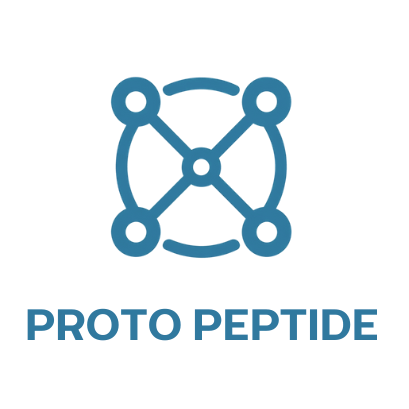Research on TB-500 and Muscle Recovery Post-Injury
TB-500, a synthetic version of the naturally occurring peptide thymosin beta-4, has been gaining attention in the scientific community for its potential role in muscle recovery and regeneration. This peptide is known to influence actin polymerization, a crucial cellular process for cell migration and tissue repair, which may be especially relevant in the context of injury recovery.
What is TB-500?
TB-500 is a synthetic peptide modeled after thymosin beta-4, a naturally occurring protein found in various tissues and cells. Its structure allows it to promote cellular migration and modulate inflammation, making it of interest in regenerative and therapeutic research applications.
Muscle Recovery Potential
In preclinical studies, TB-500 has demonstrated promising effects in accelerating the healing process following muscle and soft tissue injury. Animal studies have shown increased angiogenesis (formation of new blood vessels), improved flexibility, and quicker restoration of muscle strength. These effects are thought to be mediated by its interaction with actin and promotion of cellular mobilization to sites of damage.
Anti-Inflammatory & Regenerative Properties
Beyond direct tissue regeneration, TB-500 may reduce inflammation, helping to create a favorable environment for healing. It has also been observed to support the differentiation of progenitor cells into muscle fibers, contributing further to muscle repair and structural integrity.
Research Context and Caution
While much of the data stems from animal and in vitro studies, TB-500 continues to be explored in laboratory research for its potential applications in muscle injury, cardiovascular conditions, and even ophthalmic repair. It is not approved for human or veterinary use and should only be used in controlled research environments.
Conclusion
TB-500 presents an intriguing candidate in the study of muscle recovery due to its mechanisms of promoting cell migration, reducing inflammation, and encouraging tissue regeneration. Further research is needed to understand its full potential, safety, and efficacy across various models of tissue injury.
Disclaimer
This content is intended for informational and educational purposes only and is not intended to promote or sell any product. It is not a substitute for professional medical advice, diagnosis, or treatment. Always consult with a qualified healthcare provider before starting any new supplement or research compound. The statements provided have not been evaluated by the FDA or Health Canada and are subject to change as scientific understanding evolves.
